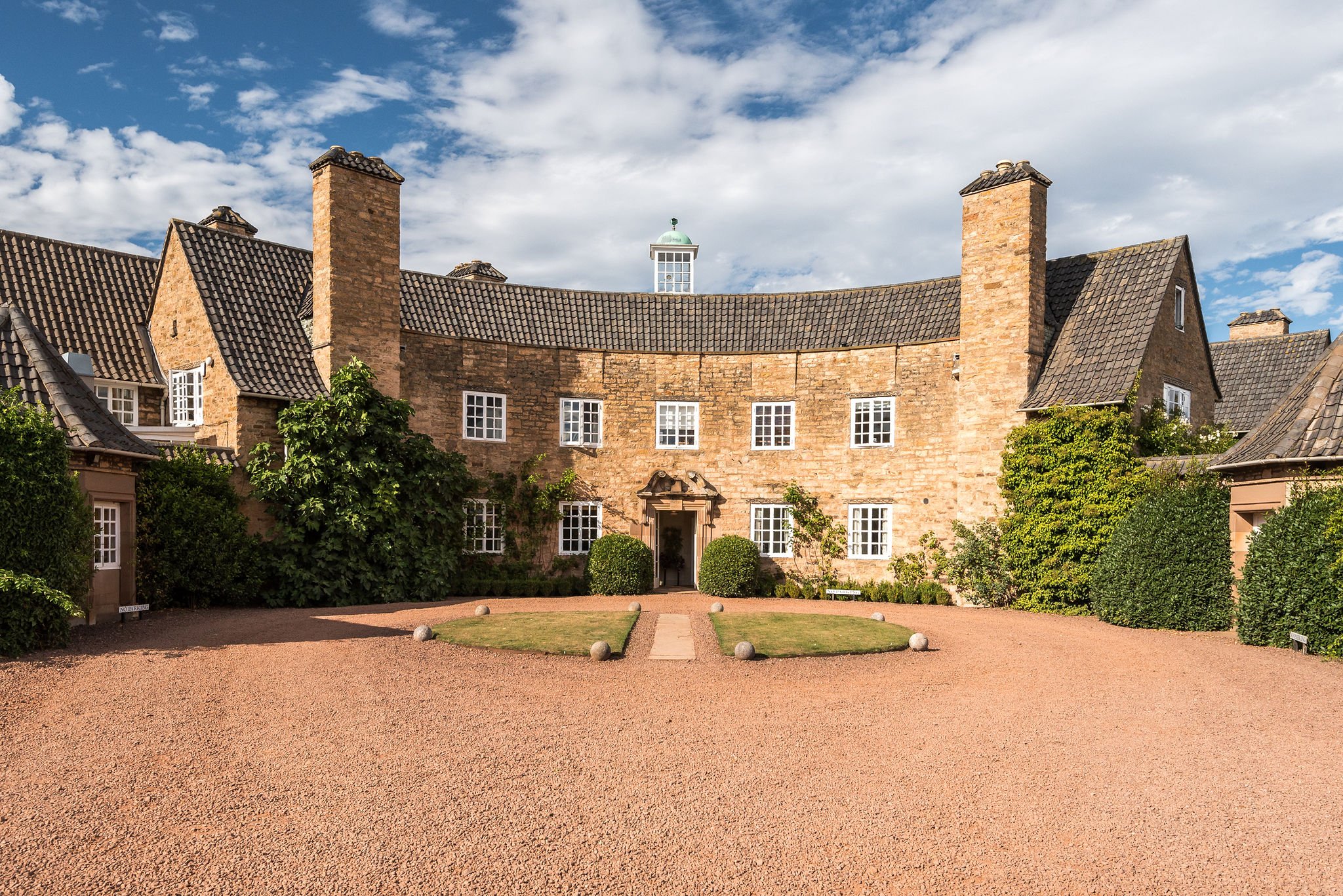
Home > Find Us
How to Find us
Greywalls enjoys a remarkable setting on the edge of Muirfield, one of Scotland’s most celebrated golf courses and a host of The Open Championship 15 times.
The surrounding region of East Lothian offers beautiful beaches, historic castles, and scenic countryside to explore, with Edinburgh, Scotland’s vibrant capital, just a 30‑minute drive away.
From Edinburgh City Centre to Greywalls
From the east end of Princes Street (by the Balmoral Hotel), follow the signs for the A1 toward Berwick‑upon‑Tweed. Once you leave the city, the road becomes a dual carriageway.
Continue for approximately 8 miles until you reach the Bankton slip road, then follow the signs for North Berwick.
Go straight over the first roundabout, and at the second roundabout, turn right onto the A198, which will lead you into the village of Gullane. Greywalls is located at the far end of the village; turn left where signposted.
Chauffeur Driven Car
If you wish to arrive at Greywalls by chauffeur‑driven car, please visit the website of Little's.
From the North via the Forth Road Bridge
Follow the M90 south toward Edinburgh, crossing the Forth Road Bridge. After the bridge, follow signs for the A800, which then becomes the M9 (signposted for M8 Glasgow/Edinburgh).
Join the M8 at Junction 2, heading east toward Edinburgh. At Hermiston Gait, join the City Bypass (A720), following the signs for Berwick‑upon‑Tweed and the South.
Continue on the A720 until it meets the A1, then follow the A1 south toward Berwick‑upon‑Tweed. At the Bankton junction, take the A198 signposted for North Berwick.
Stay on the A198, passing through Longniddry, along the coast to Aberlady, and into the village of Gullane. At the far end of the village, take the last left turn (signposted at the road end). Greywalls will be on the right.
Directions
